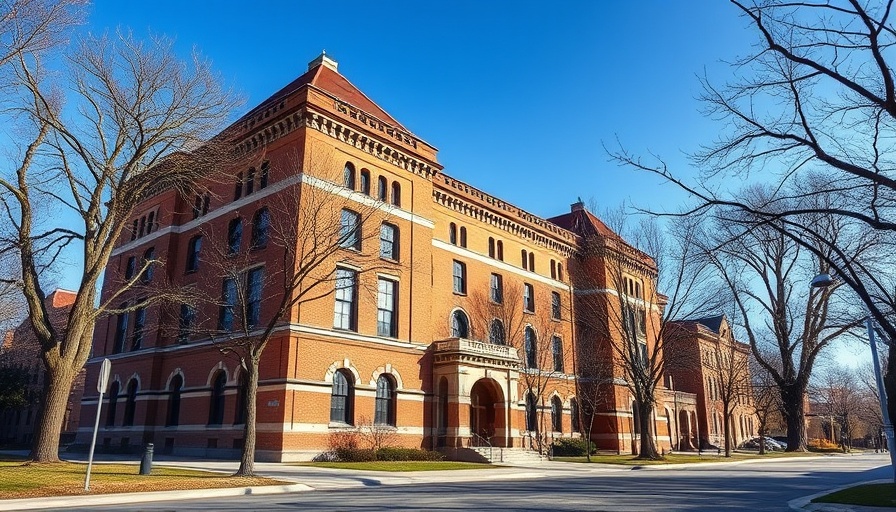
Magna Mining: An Emerging Force in Sudbury’s Copper Mining Industry
In a significant turning point for Sudbury's mining sector, Magna Mining is redefining its presence with ambitions to become a notable multi-mine operation. Emerging from its roots as an exploration entity, the company has marked its transition to a significant player, driven primarily by the recent commencement of operations at the McCreedy West copper mine. This milestone represents the start of a journey that promises growth and opportunity for existing employees and the broader Sudbury economy.
Revitalizing Idle Mines for the Future
The McCreedy West mine, which Magna officially secured from Polish mining company KGHM last February, is just the beginning. Alongside McCreedy West, the company acquired several past-producing mines like Levack, Podolsky, and Kirkwood, indicating a strategic plan to tap into previously dormant resources. Such initiatives echo the earlier successes of FNX Mining, harnessing the familiarity of the Sudbury basin to breathe new life into old operations.
The Strategy Behind the Growth
CEO Jason Jessup's experience and strategic foresight are crucial as Magna aims for an ambitious future where it not only manages McCreedy West but expands to a multi-mine operation by 2026. Internally, Jessup is ensuring that Magna’s operations are efficient and effective through streamlined processes, including a shift towards an in-house development team which is expected to improve cost efficiencies and operational flexibility.
Production and Ambitious Goals
In its second quarterly report, Magna Mining showcased impressive early results with the McCreedy West mine yielding 3.05 million pounds of copper at a healthy grade of 3.26%. These figures set a promising precedent for the company's future. Jessup’s investment in equipment and a growing workforce further indicates the potential for increased production rates, as they aim to double their underground development rate from seven feet a day to an efficient 17 feet per day.
Future Predictions and Opportunities for Growth
Looking ahead, Magna Mining's roadmap is ambitious. With ongoing drilling programs that showcase high assay results at Levack, the company is poised to resume operations at this previously profitable mine. Geologists believe that Levack could offer a consistent source of revenue once it restarts, solidifying Magna's position in the regional and national mining market.
Creating Jobs and Economic Opportunities
The evolution of Magna Mining is not just significant for shareholders; it also holds promise for local economic development. By ramping up production and reopening previously closed mines, Magna has the potential to create jobs and stimulate growth in Sudbury. The influx of skilled workers and the enhancement of local services are positive indicators of a resurging community economy that resonates well with nearby towns and workers eager for new opportunities.
Understanding the Community’s Role
The connection between a company’s success and community engagement is substantial. Magna's mining ambitions are intertwined with local development, emphasizing the importance of socio-economic responsibility and community support. As Magna Mining continues to rise, engaging with local stakeholders will be vital to reinforcing its foothold and expanding its operations.
Conclusion: A Bright Future Ahead for Magna Mining
As Magna Mining sets its sights on growth, Sudbury's mining landscape is on the brink of transformation. Their challenge will involve not only maximizing the potential of the McCreedy West mine but also reviving others in the region. With a strong leadership team and ambitious goals, Magna Mining is well-positioned to contribute meaningfully to Ontario's mining sector, job market, and economic future.
 Add Row
Add Row  Add
Add 




Write A Comment